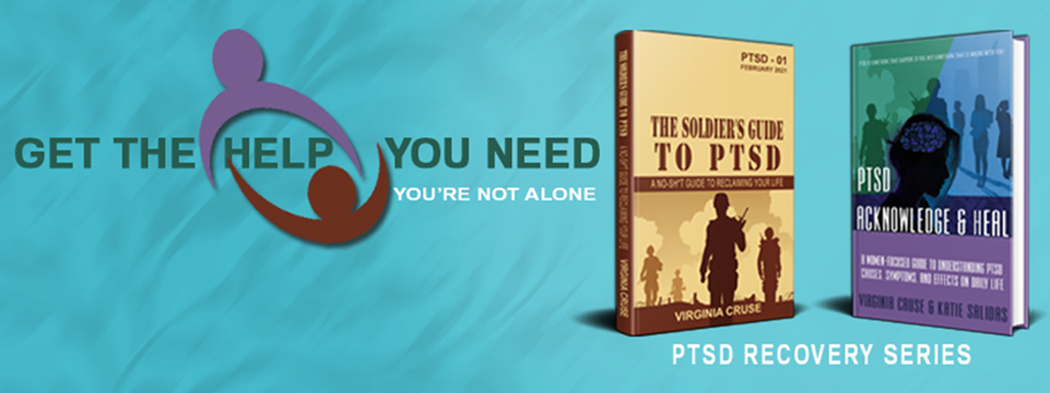Adverse Childhood Experiences (ACEs) is the term used to describe the types of abuse, neglect, or other potentially traumatic experiences that can happen to a person under the age of 18.
Trauma can come from a
variety of experiences. Common examples of trauma that children and adolescents
can experience include things like:
·
Sexual Abuse / Rape
·
Neglect
·
Emotional Abuse / Narcissistic
Parent
·
School Violence / Bullying
·
Natural Disasters
·
Military-Family Related Stressors
·
Sudden or Violent Loss of A Loved
One
·
Serious Accidents
· Life-Threatening Illnesses
NPR has a basic Adverse Childhood Experiences quiz you can take as a sample self-assessment to get started on your healing journey. Please note, this sample quiz is not a replacement for an actual therapeutic assessment. It does, however, provide some good background information. There are other resources available in our new book Acknowledge and Heal: A Women-Focused Guide To Understanding PTSD.
It is important to recognize that upsetting experiences are not always traumatic. Divorce, for example, is an upsetting experience for children. It can create a feeling of abandonment or parental loss in a child, but the divorce alone is not necessarily traumatizing. How the parents handle the divorce, however, can be. If one parent attempts to use the child as a pawn with the other parent, that can create a traumatic situation for the child. Situational context is important.
We should also note that many children who are
exposed to potentially traumatic events may experience initial distress, but it
is short-lived. In the case of PTSD, it is the duration of symptoms that
categorize the disorder. That is not to downplay the seriousness of trauma.
Again, context is important.
We value your feedback and ideas! Reach out on our Community Facebook Page!
*****
“If you believe change is possible, you want to change, and you are willing to do the work, you absolutely CAN get your life back.”
Get your copy of The Soldier's Guide to PTSD, The Soldier's Workbook,
or Acknowledge & Heal, A Women's-Focused Guide to PTSD



